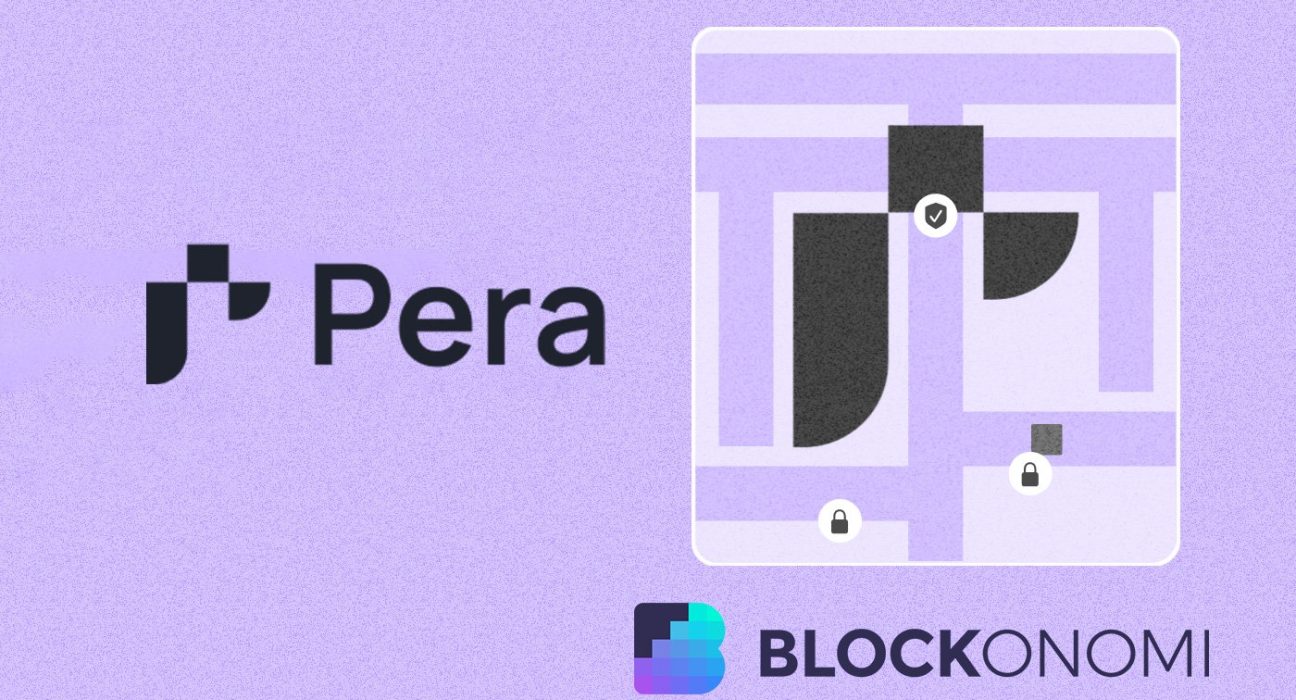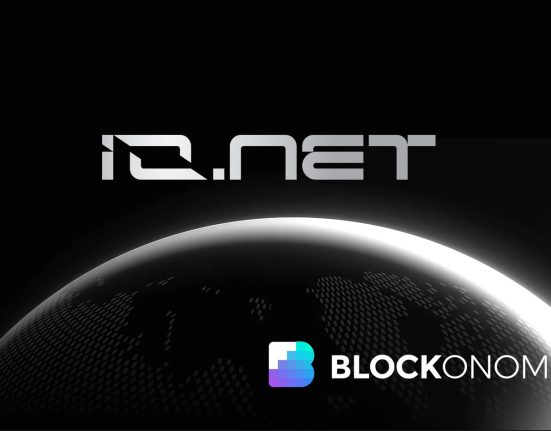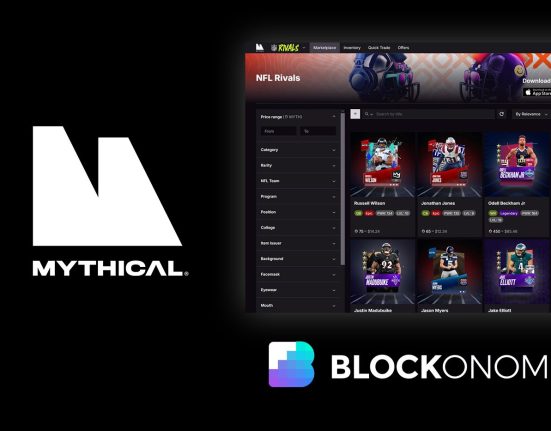Pera has some new ideas about bringing the blockchain world together. People everywhere are waking up to the fact that blockchain is the future – and Pera makes it possible.
As more blockchain developers and projects choose to focus on seamless interoperability, cross-chain bridges have become the Achilles’ heel of the crypto ecosystem. In 2022 alone, an estimated $2 billion was lost in 13 hacks and exploits involving these bridges.
While many approaches have been taken to solving these vulnerabilities, no definitive solution exists so far as the arms race continues.
This trend highlights a critical vulnerability in the current blockchain landscape. Cross-chain bridges, while essential for facilitating communication and asset transfer between different blockchain networks, have become prime targets for malicious actors. The reason is that these bridges often act as centralized points of failure, concentrating vast amounts of locked assets in smart contracts.
The ramifications of these deposits being compromised go beyond the catastrophic financial losses for users and projects alike.
Not only do they erode trust in the broader cryptocurrency ecosystem but they also deter individual users, institutional investors, and regulators from fully embracing blockchain technology. This makes projects like Pera, formerly known as dWallet Network, key players in the future growth of the blockchain ecosystem.
What is Pera?
Pera describes itself as a “zero trust interoperability platform”, offering web3 and crypto projects and developers the chance to operate across multiple blockchain networks in a truly secure way.
This is achieved through Zero Trust Protocols (ZTPs) a new type of protocol that prioritizes the verification of every digital transaction, effectively “eliminating inherent trust”.
dWallet sits at the heart of Pera’s approach to interoperability. This cross-chain wallet allows developers to build their own ZTPs to operate, offering cryptographic verification, non-custodial asset storage, and total control over their assets to their users.
According to Pera, not only does dWallet solve the old Sovereignty and Honeypot Problems but it is also highly compatible with other state-of-the-art web3 solutions.
dWallet is not a wallet app or interface but a type of infrastructure. This means they are meant for developers looking to build their own ZTPs. This makes Pera useful for applications like decentralized custody, native staking, native atomic swaps, native multi-chain lending, AI agents guardrails, and much more.

What are ZTPs?
Zero Trust Protocols (ZTPs) are what Pera is all about. They represent a fundamentally different approach to blockchain interoperability, which usually relies on solutions that require users to trust vulnerable methods like bridges or wrapped tokens. ZTPs seek to remove intermediaries altogether, bringing the “trustless” philosophy of cryptocurrency back to the ecosystem.

At their core, ZTPs leverage sophisticated cryptography to ensure that every cross-chain interaction maintains the same security guarantees as native blockchain transactions. This is achieved through Pera’s innovative 2PC-MPC protocol, which requires both user participation and network verification for any (and every) operation.
In simpler terms, users don’t need to trust anyone but the math behind their transactions, just as they would if they were operating natively in each network involved in a transaction.
This means that with ZTPs, developers can build applications that were previously impossible. For example, projects can now let users stake native Bitcoin in their protocols, create truly trustless cross-chain lending platforms, or enable direct chain-to-chain interactions without relying on wrapped tokens or bridges.
This opens the door to a new generation of Web3 not limited by the security constraints that have plagued interoperable projects until now.
The Network Behind it All
Pera’s infrastructure was originally built on a modified version of Sui’s blockchain. This was transformed into what the team called a “composable modular signature network” by removing smart contract capabilities and implementing their 2PC-MPC protocol. The result was a specialized network focused solely on secure cross-chain signing operations and powered by DWLT, its native token used for gas fees and authority delegation.
This approach allows Pera to achieve something unique in the blockchain space: true permissionless decentralization without sacrificing security or usability.
By requiring both user participation and network consensus for every operation, dWallet ensures that no single party, not even the network itself, can act maliciously. This makes it an ideal foundation for developers looking to build secure, cross-chain applications without compromising on Web3’s core principles.
The Alpha testnet release of Pera’s dWallet was made available to developers through its official GitHub, allowing anyone to audit the code to create a more secure platform. The alpha testnet could also be used for testing, providing developers with a sneak peak on its capabilities, which resulted in many important partnerships emerging.
A Budding Ecosystem
Pera has established important partnerships over the past couple of months with the intent to increase their reach and capabilities. Some notorious names include L1 blockchain network Aptos, Espresso Marketplace, Secret Network, and modular blockchain solution Avail, as well as being integrated with Sui, Monad, and Celo.
Other notable partnerships include Big Brain Holdings, Digital Currency Group, Amplify, Zero Knowledge, Token Bay Capital, L2 Ventures, Insignius Capital, and Cerulean Ventures. In fact, many of these partners participated in dWallet Lab’s pre seed funding round, which saw 21 investors participate in the raising of over $5 million,
As part of its mission to make blockchain more interoperable, Pera also pays special attention to community building. The team regularly connects with its community through channels like Twitter, Discord, Telegram, Discourse, and Youtube, while also attending and speaking at events such as Encrypt Brussels, SecureFi Brussels, and Encrypt London.
Technical Capabilities
Pera’s unique approach and proprietary technology allow it to operate at an efficiency few platforms can match. According to the team, Pera can process up to 10000 transactions per second (TPs) with sub-second latency.
This is much more efficient than major competitors, including top-notch blockchain networks like BNB, Polygon, Tron, and even Bitcoin. This allows the team to go as far as to claim to be “the fastest MPC solution in the web3 space”.
Pera can also scale to support up to thousands of signer nodes at any given time. Not only does this capability increase Pera’s performance but it also does so without compromising performance. This increase in security is only boosted by its zero-trust architecture, which eliminates single points of failure.
Conclusion
Building upon the technical and ecosystem analysis, Pera’s approach and bet on ZTP could very well be the turning point in blockchain’s evolution.
While previous interoperability solutions treated security as a feature to be balanced against convenience, Pera’s zero-trust approach fundamentally restructures this paradigm. By making security the foundational layer through its ZTPs, rather than an add-on, Pera could certainly reshape how developers approach cross-chain applications.
The platform’s ability to maintain high performance while scaling security through its distributed signing network suggests that the traditional trade-offs between security, decentralization, and scalability might be more flexible than previously thought.
An architectural breakthrough, combined with growing institutional backing and a rapidly expanding partnership network, positions Pera to potentially address the $2 billion elephant in the room: the persistent vulnerability of cross-chain bridges.
As blockchain technology continues to fight its way against security vulnerabilities, regulatory uncertainty, and fluctuating market cycles toward mainstream adoption, Pera’s innovation in trustless infrastructure could prove to be the missing piece that finally allows truly secure cross-chain applications to flourish.









